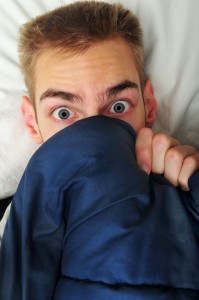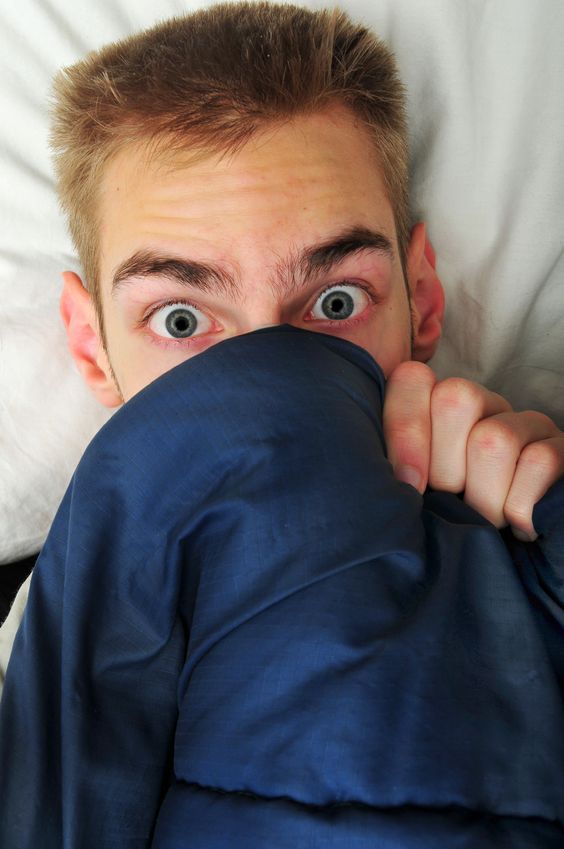REM sleep behavior disorder (RBD) is a chronic, yet fascinating sleep condition that researchers are still working to fully understand.
One of the defining features of rapid eye movement (REM) sleep, the stage in which dreams occur, is paralysis of all body muscles except for the diaphragm (which is spared to permit breathing during REM sleep). This paralysis is a good thing, as our brains are often times more active during REM sleep than when we are awake. It is also key to keeping us from acting out our dreams. People with RBD don’t experience the paralysis of REM sleep and can occasionally act out their dreams with potentially violent or injurious consequences. It is not uncommon for some patients to adopt self-protective measures, such as tethering themselves to the bed, using sleep bags or pillow barricades or sleeping on a mattress in an empty room. Injuries to the patient or bed partner can be potential fatal.
RBD is prevalent in 0.5% of the adult population, and is more common in men over 55 years of age. However, recently younger individuals and more women are being identified with RBD. Researchers initially thought that RBD was an isolated neurological condition, but as more patients became identified and followed closely, it became apparent that over half patients would eventually develop a degenerative neurological condition – commonly Parkinson’s disease or dementia with Lewy body disease. In most cases, the interval between the onset of RBD and developing another neurological condition is very long, often decades.
RBD may also be a manifestation of narcolepsy, a sleep disorder characterized by excessive daytime sleepiness. Since RBD may be easily confused with other sleep disorders, a formal sleep study that includes extensive muscle activity monitoring and continuous video monitoring, is mandatory.
RBD is often times mistaken for other disorders of arousal, such as sleepwalking or sleep terrors. Following an RBD episode, arousal from sleep to alertness and orientation is usually rapid and accompanied by complete dream recall (in contrast to disorders of arousal). The behaviors, although complex and violent, are of briefer duration than those seen in the disorders of arousal. The violent and aggressive nature of the sleep-related behavior is often discordant with the waking personality.
Patients and their bed partners should be reassured that the sleep behaviors are not intentional and are not the manifestation of any underlying psychiatric conditions, such as repressed hostility, depression or anxiety.
While there hasn’t been any double-blind studies conducted for the efficacy of medications, about 90% of patients respond well to clonazepam and melatonin.
Don’t continuously make sleep a dangerous risk. If you suspect that yourself or anyone you know may have RBD, that a physician be contacted immediately. Sleep safe!



No comments yet.